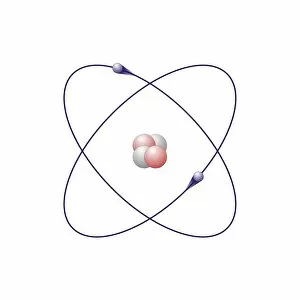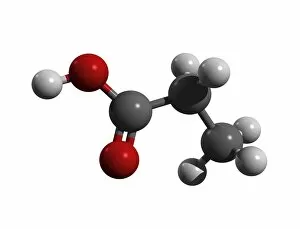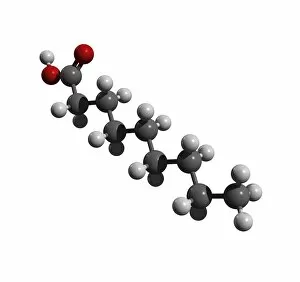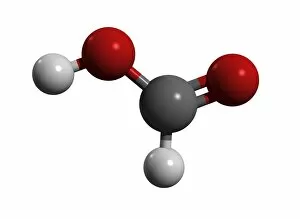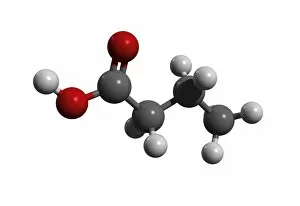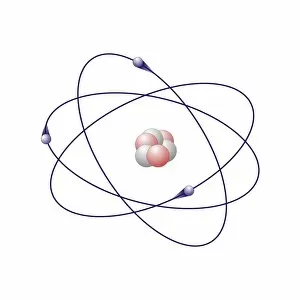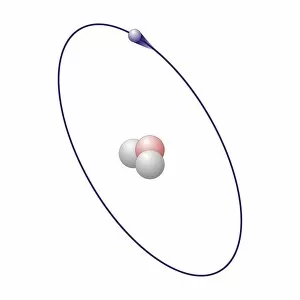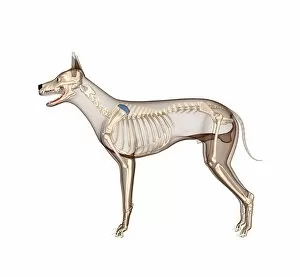Freisteller Collection
"Exploring the Intricate World of Freisteller: From Dog Anatomy to Artwork
All Professionally Made to Order for Quick Shipping
"Exploring the Intricate World of Freisteller: From Dog Anatomy to Artwork, Deer Anatomy to Atomic Models" Delve into the fascinating realm as we unravel a diverse range of subjects. Starting with dog anatomy, witness how artists capture every intricate detail in their stunning artwork. Moving on to deer anatomy, discover the graceful beauty and complexity that inspires artists worldwide. Venturing into the atomic world, we encounter beryllium's atomic model – a mesmerizing arrangement that showcases its unique properties. Helium follows suit, captivating us with its simplicity yet holding immense significance in various scientific fields. Next up is boron, whose atomic model unravels its versatile nature and importance in both industry and biology. Shifting gears towards cow anatomy, immerse yourself in artistic renditions that highlight these gentle creatures' majestic presence. Transitioning to molecules, explore the structure of propanoic acid and acetic acid – compounds essential for various chemical processes. Prepare to be amazed by an artwork featuring a block and tackle mechanism - an engineering marvel used for lifting heavy loads effortlessly. Continuing our molecular journey, pelargonic acid takes center stage with its distinct structure contributing to numerous applications across industries. Hold your breath as we encounter an explosive piece of art depicting a bomb - symbolic of power or destruction depending on context. Concluding our exploration is formic acid molecule - known for its role in nature as well as industrial applications such as preservatives and dyes. In this captivating glimpse into freisteller's vast array of subjects ranging from animal anatomy to atomic models and beyond; prepare yourself for a visual feast accompanied by intriguing insights into each topic's significance within science, artistry, and everyday life.





